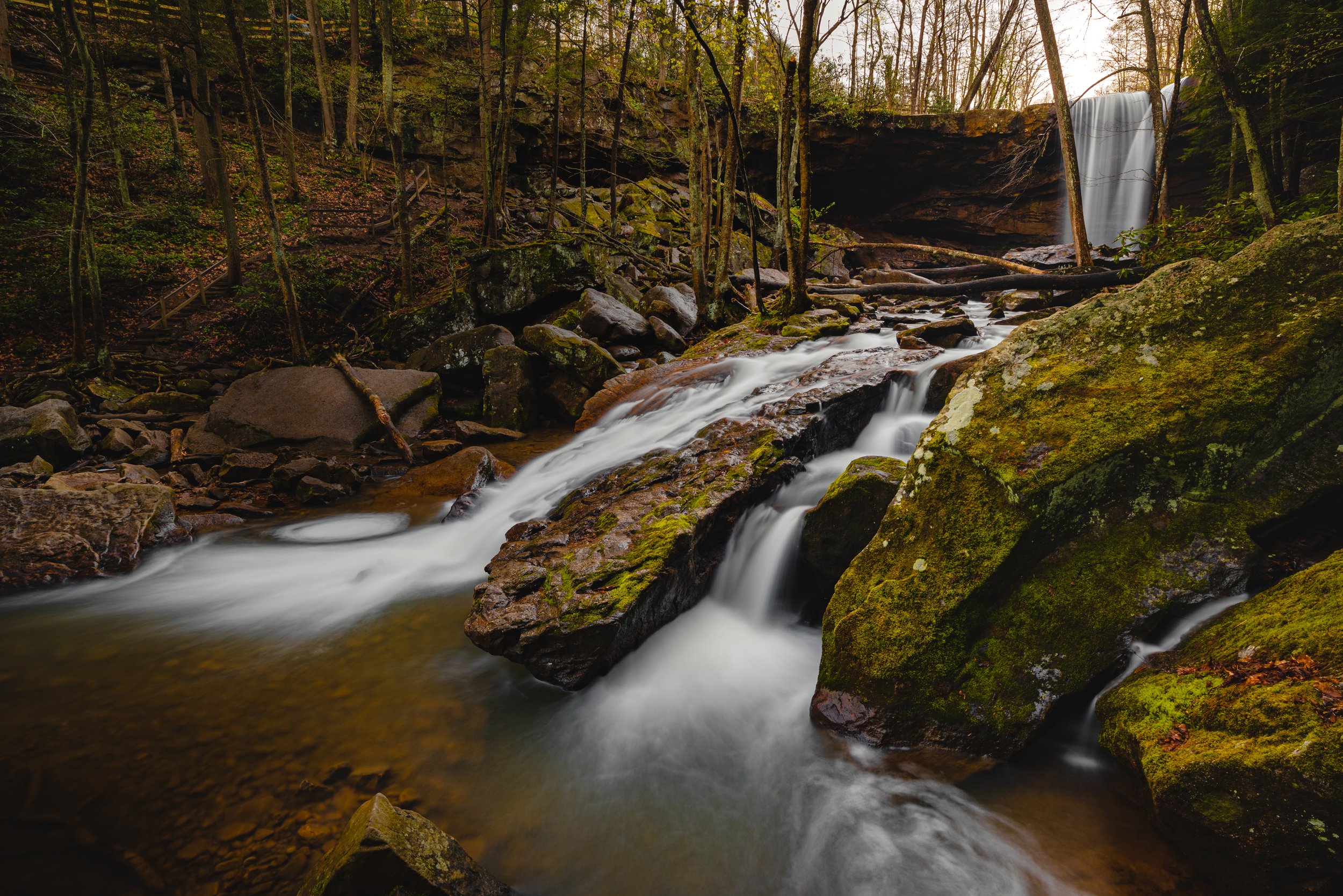Kase Wolverine Magnetic Filter Kit Review
I have spent years of my time and thousands of dollars trying to find the perfect filter kit. Every solution has a drawback; screw on filters are slow and cumbersome, variable ND filters have cross polarization issues with wide angle lenses, 100mm and 150mm filter kits are massively expensive and heavy. This is where the Kase system comes in, no bigger than a standard solid ND filter, the Kase Wolverine 82mm Pro ND Kit II utilizes a slim adaptor ring that you screw onto the end of your lens and then the filters magnetically snap into place.
Sounds too good to be true, right? I was skeptical about this sort of mounting method and hesitant to drop $500 on a ND system with almost no reviews and information out there about it. With companies like LEE and NISI, you know what you are getting, but Kase? I have never even heard of them, but knowing Amazon has a fantastic return policy, I pulled the trigger and 2 days later I had the Kase Wolverine Magnetic Filter Kit show up at my door.
What’s in the box?
Magnetic Lens Adapter Ring
Circular Polarizer Filter
ND8 3 Stop Filter
ND64 6 Stop Filter
ND1000 10 Stop Filter
Magnetic Lens Cap
Leatherette Storage Pouch
As someone that shoots both photo and video, it was important to me to have a system that included a 3 stop and 6 stop filter. Having come from the Polar Pro Peter McKinnon 2-5 Stop VND Filter, I knew that when shooting on a cloudy day 3 stops worked very well for me while on a bright sunny day, having a 6 stop filter gives you just the right amount of ND when shooting around f/2.8. For photography, the inclusion of a circular polarizer as well as a 10 stop filter is crucial when shooting water falls or sea scapes during the day.
The biggest question left for me to answer was, will these filters vignette at 15mm on the Canon RF 15-35mm f/2.8? In short… no, but sometimes maybe. Let me explain.
If you are shooting photos on a full frame camera like the Canon R5 and R6, at 15mm with just one filter you will not have any vignetting. This goes for all 3 of the ND filters as well as the CPL. Now if you start to stack filters, you will get about 1mm worth of vignette occurring. That is to say, if you zoom in your lens from 15mm to 16mm, you will not longer see the edges of the filter. Just to clarify, this is a mechanical vignette, not one caused by the glass or filters themselves. With a CPL and an ND filter stacked one on top of another, the camera sensor is seeing the physical edge of the filter itself.
If you are shooting video, and this again goes for the Canon R5 and R6, there is no vignetting even at 15mm. This is because when shooting photos you are using the full height of the 4:3 sensor, but when you move over to video, you are using a 16:9 center cut of the sensor effectively cutting off the corners that would otherwise see the edge of the filter.
In the field I have found this to be a non issue. When stacking filters for photo’s, I simple walk the camera back an extra couple of inches to accommodate for the slight crop. I also still shoot at 15mm and then crop out the slight vignette in post. Some photographers online have purchased the 95mm version of this filter kit to eliminate this sort of problem, but personally I would rather have the smaller 82mm filters and crop in.
I have heard from Sony users that this vignette with 2 stacked filters does not happen with the Sony FE 16-35mm F2.8 GM. I personally do not own or shoot Sony, so I am unable to test this for myself.
Now we have the filters, we know they work, how do they preform in the real world?
Above all, these filters need to preform and preform well they do. Each filter is made from tempered, optical glass for shock resistance. They are multi-coated to prevent internal ghosting and reflections and offer a scratch-resistant and hydrophobic coating on each of the filter's glass surfaces to help protect the filters' substrates from oil and water as well as make them much easier to clean.
In my time shooting with them I have noticed no color shift, unevenness in exposure or any artifacts from either the CPL or ND filters. The magnetic bond between the filter and the adaptor ring attached to the camera has proven to be more than up to the task to hold 2 or even 3 filters on occasion without them falling off. I regularly hike with 1 or 2 filters on the front of the lens, camera attached to my backpack pointing straight down and have never had a filter fall off. On the durability front, I am not going to beat up my equipment just to write about it, but I have dropped a filter from about 4ft up directly onto a rock without so much as a scratch on the filter when I picked it up. That is durable enough in my book!
After using the Kase Wolverine Magnetic Filter Kit for these past 8 months, I have to say I am genuinely impressed. Although not the cheapest system out there, $500 for a complete set of neutral density filters as well as a high quality circular polarizer is a good deal in my opinion. When you are spending thousands of dollars on lenses and camera bodies, you really should be putting quality glass in front of it all.
At the end of the day, when I had a bunch of screw on filters, I wouldn’t use them because it was too much of a hassle. When I had a bunch of VND filters, I wouldn’t use them because of the color shift and cross polarization problems. With the Kase Wolverine Magnetic system, they are so easy to use I have found myself grabbing for them every single time I have gone out to shoot this past year, and I think that says more about this system than anything.








